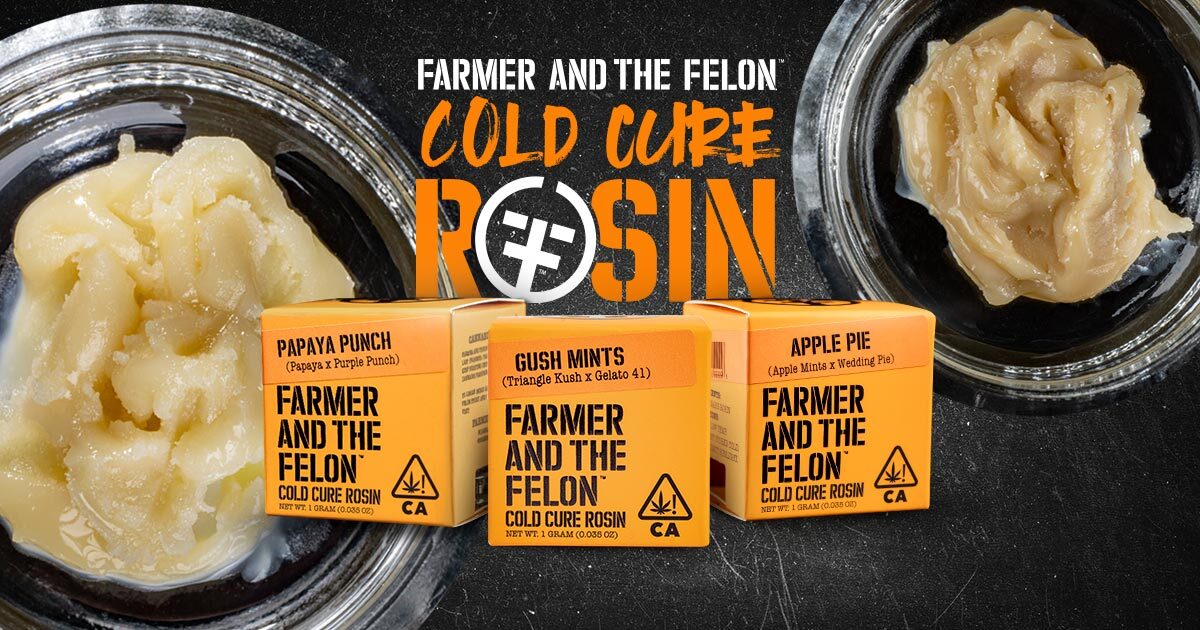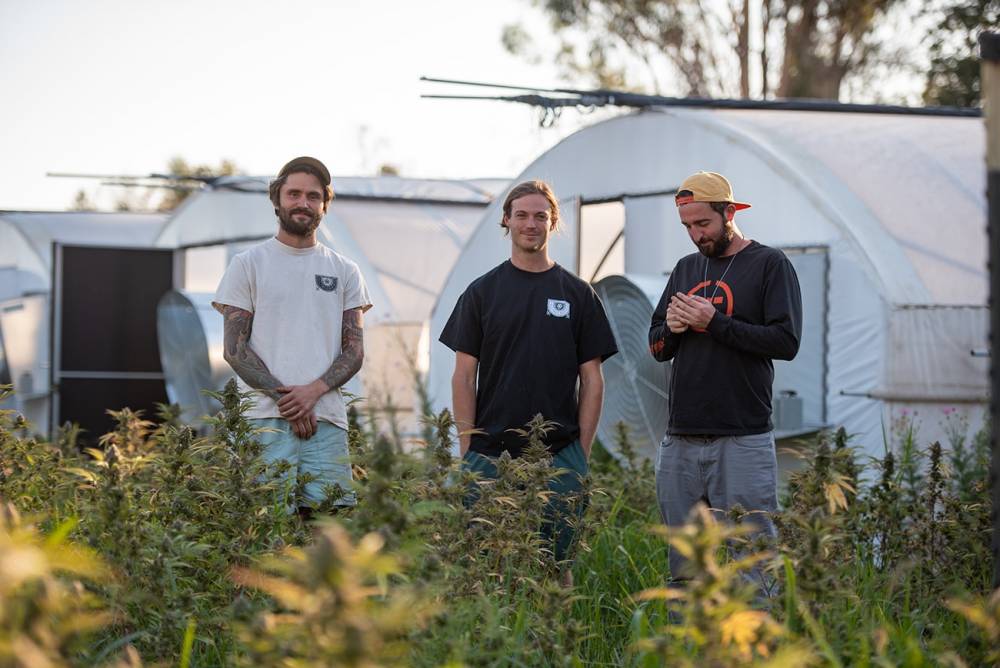Sun+Earth Certified Products are cultivated in a regenerative model, with robust standards to uphold three key pillars: Earth Care and Cultivation, Human Empowerment, and Community Engagement. Farmer and the Felon proudly supports Sun+Earth and its certified farms. To learn more about Sun+Earth and ways you can support their mission CLICK HERE.
Check out our Sun+Earth cannabis flower here.
Sun + Earth certifies cannabis that is grown under the sun, in the soil of mother earth, without chemicals by fairly-paid farmers. Learn more.
Tree Hugger Containers provides high-quality, truly sustainable packaging that aligns with our client’s environmental values and makes a positive impact in the world. Learn more.
What Is Regenerative Farming?
Regeneration International defines regenerative agriculture as farming and grazing practices that, among other benefits, reverse climate change by rebuilding soil organic matter and restoring degraded soil biodiversity – resulting in both carbon drawdown and an improvement of the water cycle.
In layman’s terms, industrial farming has a negative effect on soil quality because crops are a drain on nutrients found in native soil. It can leave behind an essentially dead soil that struggles to retain water, control pests, or encourage beneficial organisms.In relation to cannabis, picture the millions of both legal and illegal cannabis plants that sit in the ground from Spring through Fall, year after year, then all get pulled up at once in Croptober. Just like any other industrial crop, cannabis has the ability to leave behind millions of acres of mismanaged, lifeless soil.
Regenerative agriculture implements a system of soil amendments that restore struggling soil to its highest quality, and make use of it for 12 months of the year, instead of just the 6-10 months needed to fuel the world’s cannabis markets to get us all high.
How Cannabis Farmers Can Restore Soil Organic Matter
There are many ways for cannabis farmers to amend their post-harvest soil. The most common practices are cover crops, rotation crops, composting, and compost tea.
Cover Crops
Sustainable Agriculture Research and Education defines a cover crop as a plant that is used primarily to slow erosion, improve soil health, enhance water availability, smother weeds, help control pests and diseases, increase biodiversity, and bring a host of other benefits to your farm. Essentially, cover crops are placeholder crops that go into the ground immediately after cannabis plants are harvested. . By planting placeholder crops, farmers are able to maintain the soil’s organic matter year-round, promote biodiversity, and trap carbon into the soil. Keeping use of the soil during the winter months also primes it to a perfect quality when Spring rolls back around, and it’s time to grow the next year’s supply of cannabis.
Many regenerative farmers use a variety of rye plants as cover crops. You can peep a thorough list of cover crop options on SARE’s website.
Rotating Crops
The Rodale Institute defines crop rotation as the practice of planting different crops sequentially on the same plot of land to improve soil health, optimize nutrients in the soil, and combat pest and weed pressure.
What that means is one year a farmer may grow a field of corn on a plot of land, then the next year he may grow a field of legumes in the same plot of land, and so on and so forth, eventually rounding back to corn. The crop rotations shuffle up the nutrients that are being pulled from the soil by shuffling the different types of crops going in it, and increase its ability to fight a wide variety of pests, weeds, and disease.
A study by Penn State suggests crop rotations increase crop yields by improving soil conditions and reducing weed and pest populations. So theoretically, crop rotation may result in growing even bigger, healthier, and higher-yielding cannabis plants. Healthier soil equals more weed for us all.
Composting
The United States Environmental Protection Agency defines compost as organic material that can be added to soil to help plants grow. Organic material basically refers to decomposing plant and animal parts that turn into nutrient-rich fertilizer for the soil. Compost piles are often made up of food and yard waste like old banana peels, fallen tree branches, and wood debris. Relative to cannabis, you can compost all the plant waste, stalks, sugar leaves, etc. that would normally just be discarded.
Compost Tea
Compost tea is a brew of compost, water, and circulated oxygen that results in a liquid that has a plethora of vital nutrients and microorganisms. Pour that liquid into your soil or spray it on foliage and bam, you’re feeding your plant and improving soil health.
Why Should Farmers Use Regenerative Farming?
Climate change is destroying the earth, and the challenges associated are becoming more and more evident in our daily lives. . Because of this, it’s important that cannabis (all) farmers do their part in implementing sustainable, preventative, and regenerative practices that reduce greenhouse gas emissions from cannabis production across the board. That means producing outdoor and greenhouse cannabis that rivals the quality of any indoor flower on the market, and that is easily accomplished by utilizing regenerative farming practices. The extra time, labor, and cost of maintaining the soil’s organic matter throughout the year is vital to the continued existence of our industry, and our planet. Regenerative farming practices produce some of the most potent, flavorful cannabis here in California and organizations like Sun + Earth offer third-party certifications for licensed farms across the country. Farmer and the Felon is proud to support Sun+Earth certified farms and practices.
The Farmer and the Felon presents our first "Partner Series" collaboration with Sun + Earth. Available strains include - Lava Cake and Sundae Driver. CLICK HERE to learn more!



